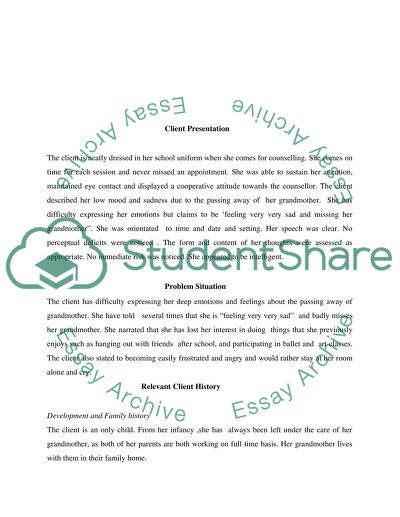Cite this document
(“Psychological Case Study Essay Example | Topics and Well Written Essays - 2000 words - 1”, n.d.)
Retrieved from https://studentshare.org/marketing/1427953-psychological-case-study
Retrieved from https://studentshare.org/marketing/1427953-psychological-case-study
(Psychological Case Study Essay Example | Topics and Well Written Essays - 2000 Words - 1)
https://studentshare.org/marketing/1427953-psychological-case-study.
https://studentshare.org/marketing/1427953-psychological-case-study.
“Psychological Case Study Essay Example | Topics and Well Written Essays - 2000 Words - 1”, n.d. https://studentshare.org/marketing/1427953-psychological-case-study.


